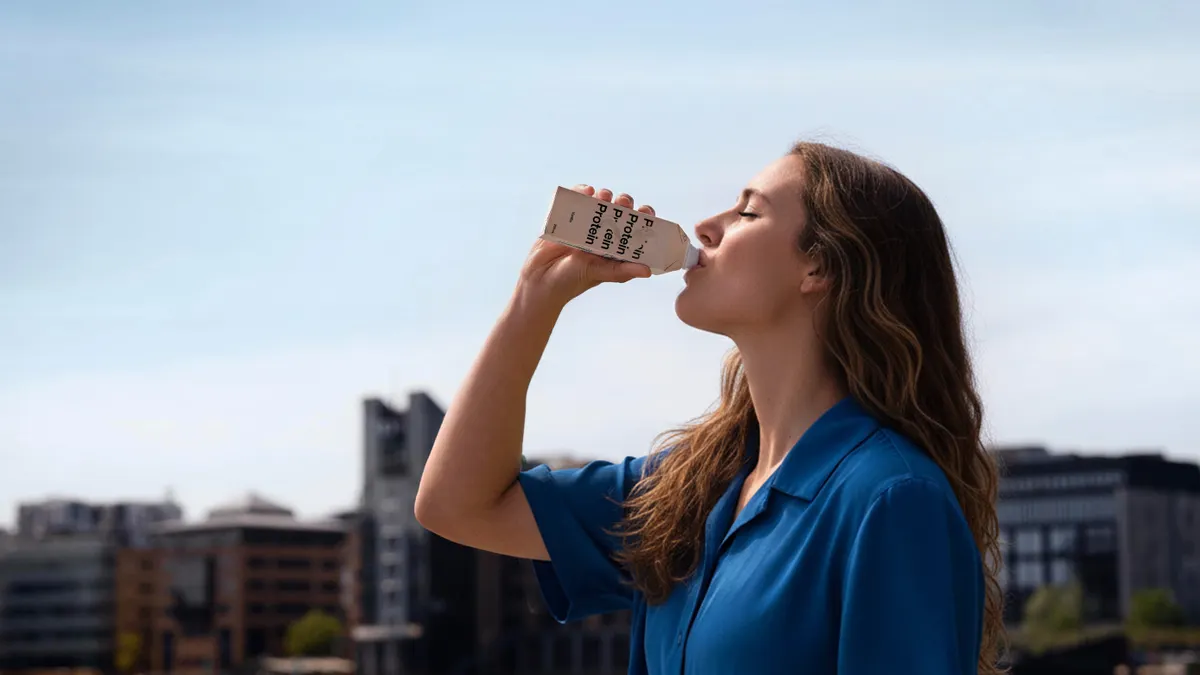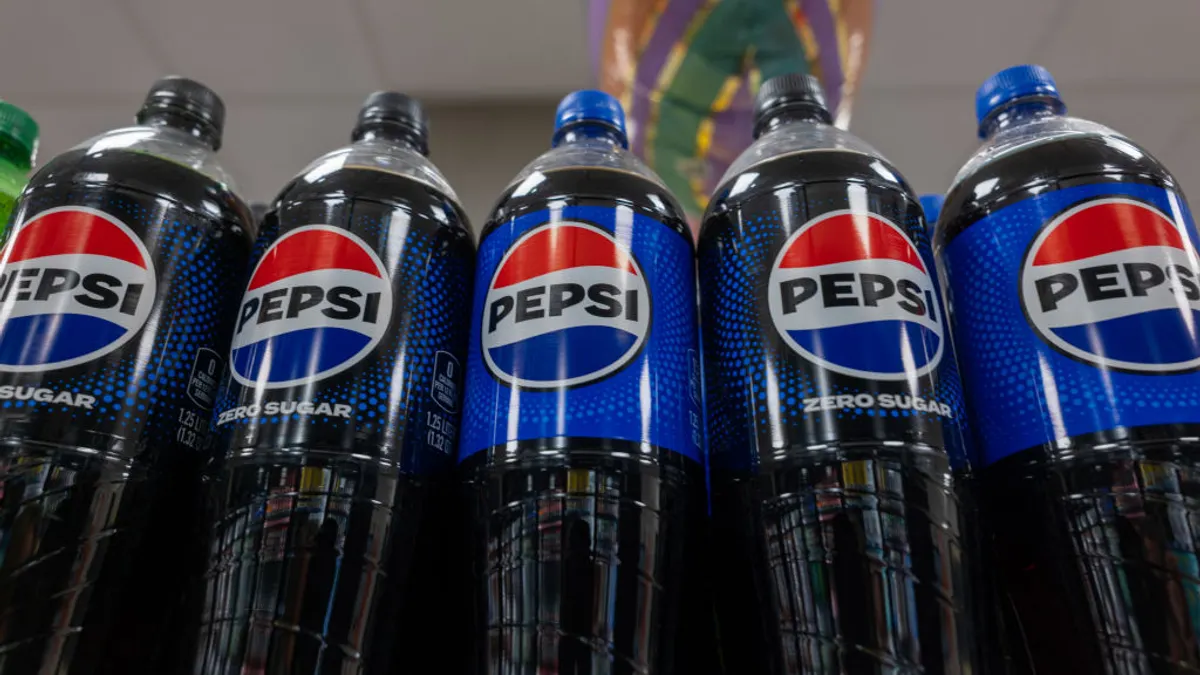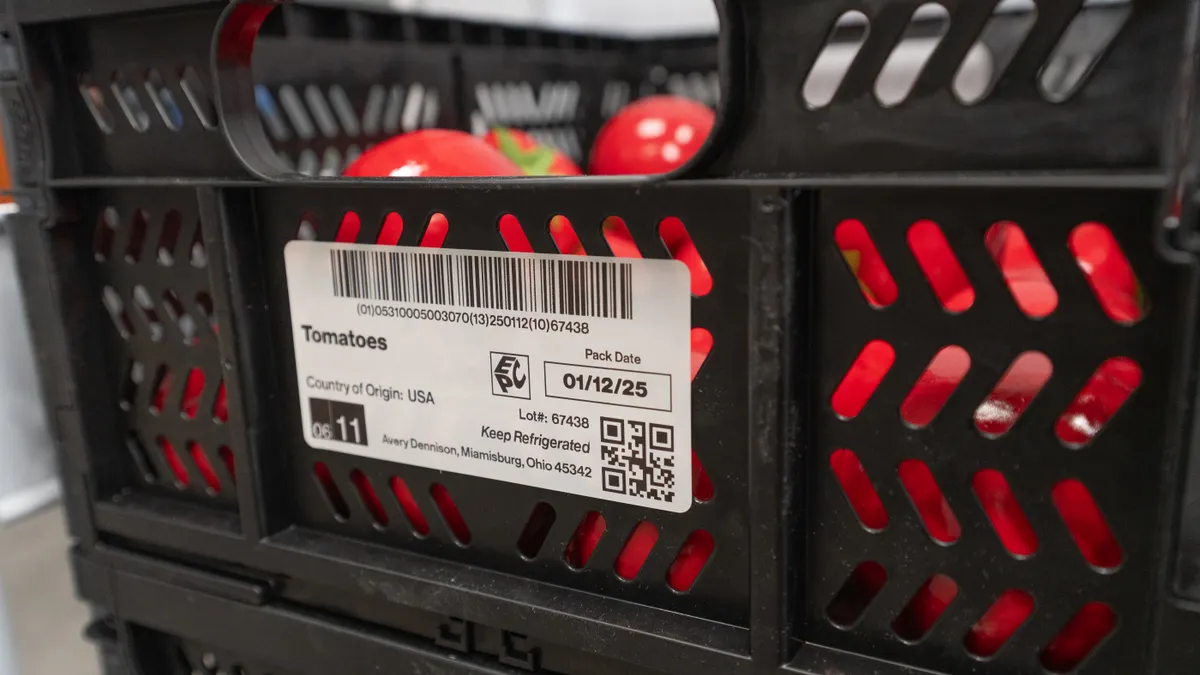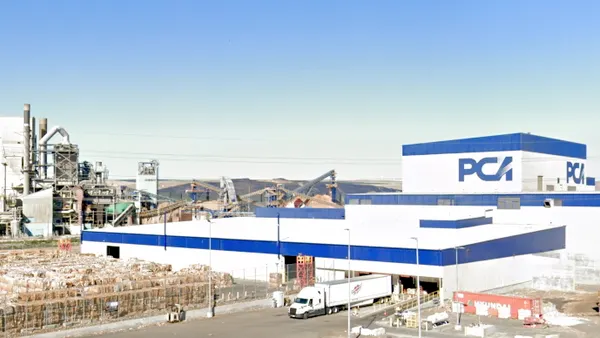A category on the rise
Nutritional drinks are having a moment — and it’s more than just a fad. In 2024, according to NIQ, the category saw double-digit (+10%) volume growth, powered by shifting consumer lifestyles, medical innovations, and broader wellness trends that cut across demographics.
Once considered essential for gym rats and those with specific health conditions, nutritional drinks are quickly becoming a daily staple for all demographics. Fitness enthusiasts reach for protein shakes post-workout. Aging Baby Boomers are turning to specialized nutrition to support healthy aging. And a new wave of GLP-1 users — a group expected to reach 30 million in the U.S. by 20301 — are seeking high-protein, portion-controlled options as part of their medical and lifestyle routines.
The result? Nutrition drinks are increasingly becoming part of diverse consumers’ daily routines, helping more people conveniently meet their individual nutrition goals.
What’s driving demand
Several forces are converging to propel the category forward:
- Protein craze: 61% of U.S. consumers increased their protein intake in 20242, and 85% say they want to consume more in 20253. Nearly 30% say “high protein” is a top attribute when choosing food and beverages4.
- Aging population: According to the US Census Bureau, by 2030, all Baby Boomers will be over 65, creating demand for specialized nutrition solutions that support active, healthy aging.
- GLP-1 impact: With doctors recommending more protein intake for GLP-1 users — and 78% of users themselves seeking out higher-protein foods5 — the beverage industry is responding with tailored product launches, from GLP-1-friendly meals to protein smoothies.
- Health and wellness: From fitness clubs to personalized health apps, the health and wellness economy is booming. Consumers are seeking beverages that fit into holistic health goals and align with their views on clean labels, minimal processing and environmental responsibility.
Big players, bigger opportunities
Growth today is concentrated among category leaders like Premier Protein and Core Power/Fairlife. But the surge in demand is opening the door for new entrants and innovation. Expect to see more products designed for specific consumer groups: aging adults, fitness-focused millennials, kids, or GLP-1 users seeking convenient nutrition solutions.
For both established brands and challengers, standing out will require more than just a great formulation. The consumer experience — how a product looks, feels and fits into daily life — is increasingly shaped by packaging.
The role of packaging in a wellness-driven category
As nutritional drinks evolve from niche to mainstream, packaging is under pressure to do so as well. It must:
- Deliver convenience for on-the-go consumption.
- Communicate health and sustainability to build trust and align with consumer values.
- Differentiate on shelf placement in a crowded and competitive market.
This is where innovative solutions like SIG DomeMini come into play. SIG DomeMini is designed for small-format beverages like nutritional drinks, with a unique dome-shaped top that enables easy drinking straight from the carton, without a need for a straw. It’s lightweight, fully recyclable and stands out visually.
For consumers, SIG DomeMini combines convenience with a smaller environmental footprint — a feature that resonates strongly with health-conscious and eco-conscious buyers. For brands, it offers an opportunity to deliver a premium, distinctive experience while advancing sustainability goals.
Looking ahead
The convergence of aging demographics, fitness culture and GLP-1 adoption points to one clear outcome: nutritional drinks will remain one of the most dynamic categories in the food and beverage industry.
But success won’t hinge on formulations alone. Companies that embrace innovation — in both product and packaging — will be best positioned to capture loyalty in a category defined by health, trust and experience.
As the market grows, nutritional drinks are becoming more than just beverages. They are lifestyle choices, wellness tools and reflections of consumer values. And packaging will be central to how those choices are delivered, perceived and sustained.
References
1 J.P. Morgan, “The increase in appetite for obesity drugs”. Nov, 2023
2 Cargill, “2025 Protein Report”
3 Chobani, “Americans are Prioritizing Protein Now More than Ever, But Study Shows Significant Gaps in Nutrition Knowledge”. Dec. 4, 2024
4 Mintel, “High Protein Yogurt, The Trend is Still Buzzing”. Sept. 2023
5 Helmsman Group. “The Behavioral Transformation: Beyond Simple Appetite Suppression”. May, 2025










